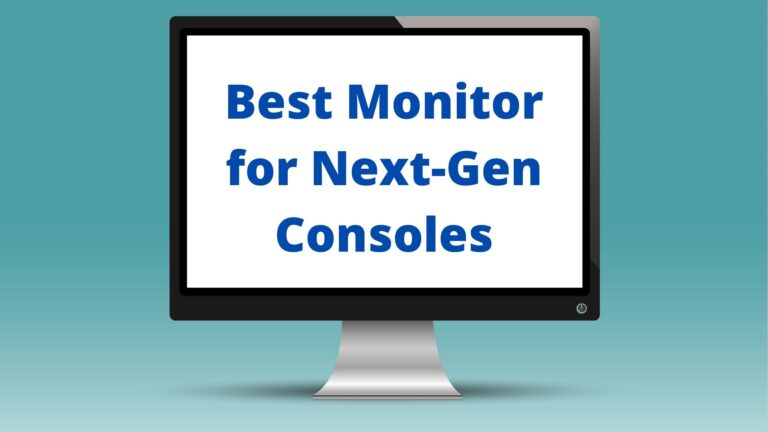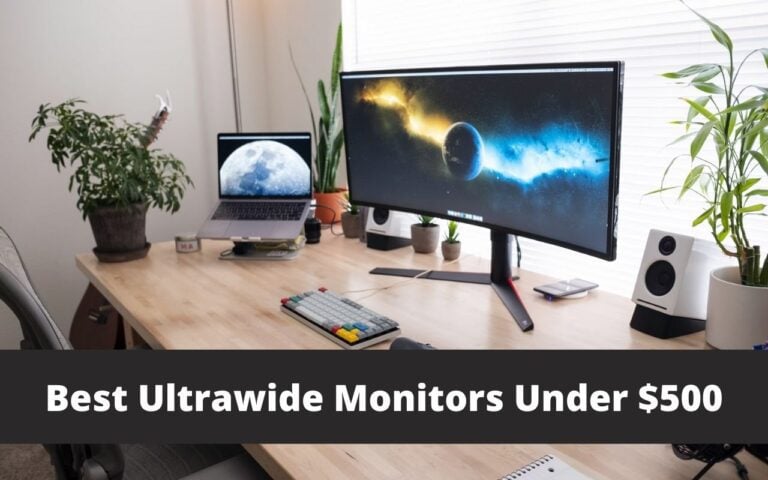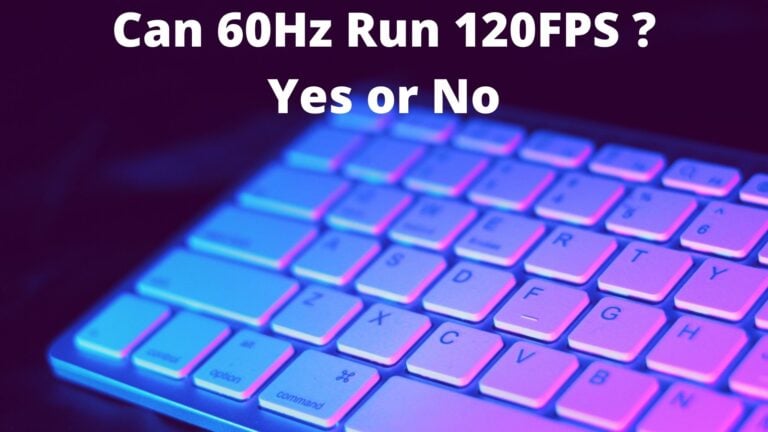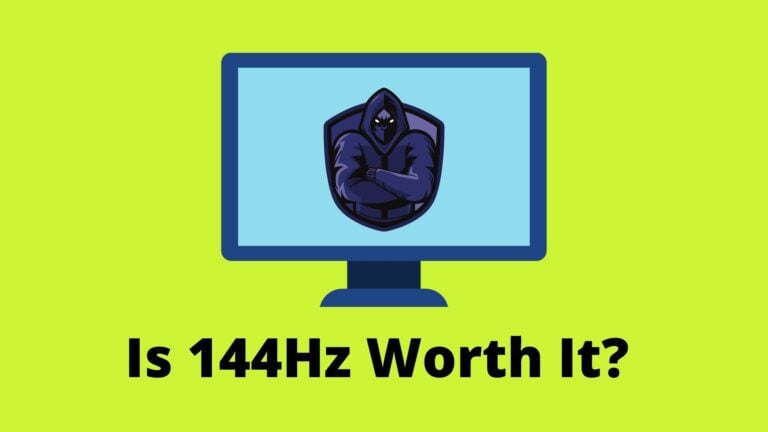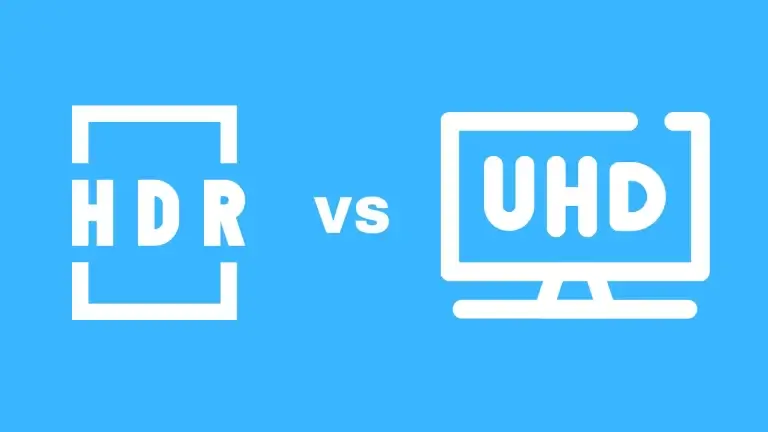6 Best Gaming Monitors Under $250 (2023)

A normal 60 fps screen is more than enough for the needs of a casual gamer. Although, if you’re into ranked gaming but do not want to part ways with big bucks, it suddenly becomes a question of priorities. What do you crave more? Screen size? Res? FPS? Response time? Etc…
Mind you there are plenty of screens in the market that includes most (if not all) of the features that are the pre-requisites for a triple-A grade gaming setup. The catch is that they usually cost north of a thousand dollars!
The bottom line is you need to move smartly and prioritize if you’re under a budget constraint. Some things are a must, top among which is the refresh rate, response rate, and resolution. If you’re a competitive hardcore gamer, then speed is king and even res. is negotiable. Your sole focus should be refresh rate and response time.
Best Gaming Monitor Under $250
| Image | Product | Feature |
|---|---|---|
 | Acer XF250Q |
|
 | BenQ MOBIUZ EX2510 |
|
 | AOC CQ27G2 |
|
 | LG 29WK600-W |
|
 | Philips 278E1A |
|
 | AOC C32G2 |
|
Let’s take a look at the best gaming monitors under two hundred and fifty dollars available to find the ideal one.
1. Acer XF250Q (Best for competitive players)

Acer XF250Q isn’t a top-of-the-line, next-gen gaming monitor but it gets the work done. The manufacturer is offering a 240 Hz refresh rate and a response time of 1 ms, all in under $250!
The panel is a remarkedly improved TN which is inferior in image quality compared to IPS or VA panels but provides efficient performance in competitive games and works better than previous-generation TN monitors. This gives it an edge over similar makes and models.
The monitor is fully FreeSync/G-Sync compatible using a DisplayPort or an HDMI 2.0. Full HD 1920 x 1080 res with a 16:9 cinematic aspect ratio will allow you to truly immerse yourself into the game. There is also the option of a virtual crosshair for games that do not provide a default crosshair.
The monitor comes with ACER vision care which filters blue light and reduces flickering to a bare minimum. As a result, gaming marathons will not be as stressful for the eyes as they used to be.
It has comparatively narrower viewing angles but it is compensated for by the ‘ErgoStand’ which allows the screen to tilt and rotate up to 90 degrees! As a result, you can game from the comfort of your couch without having to adjust your posture.
It is arguably the best deal, available on the market. ACER has truly hit a sweet spot here with balancing price-to-performance.
Check Ultrawide vs Dual Monitor
2. BenQ MOBIUZ EX2510 (Best For Graphically-Oriented Titles)

If you are looking for better graphics, then the BenQ MOBIUZ EX2510 is the go-to.
Its refresh rate clocks at 144 Hz (which is decent), and the response time clocks at 1ms (which is outstanding). It compensates for its lower refresh rating by displaying the full sRGB color space and extra bright 400 nits reading at full brightness. (sRGB is the standard red, green, and blue spectrum, and nits are a unit of screen brightness)
The BenQ MOBIUZ EX2510 uses an IPS panel to display accurate, vivid, and consistent colors. Considering that it uses an IPS panel, a response time of 1 ms is incredible. The Black eQualizer technology ensures that you get the best picture even in dark rooms and on titles that feature a lot of dark scenes. The technology is responsible for highlighting the dark areas without disturbing brighter portions of the picture!
The monitor is fully G-Sync compatible (although FreeSync is a bit dodgy). Full HD 1920 x 1080 resolution and the Light Tuner feature allow you to select from among 20 color options. All this makes it an excellent middle-ground option among sub-standard and top-notch monitors.
The monitor comes equipped with 2.5 W speakers to allow fully immersive sonic enjoyment! It is true…the speakers have three pre-defined settings, and you can customize the sound to your liking.
The VESA-approved stand might not be as ergonomic as some of the other models on the list, but the monitor has an incredibly wide viewing angle of 178 degrees and supports Motion Blur Reduction, not to mention a 3-year manufacturer’s warranty!
If you’re seriously looking to buy a trade-off between performance and picture quality while staying within budget, then this is the right choice. The unit is so affordable that you’ll have some money left to play around with.
3. AOC CQ27G2 (Best For Casual Gaming)

If you’re a casual gamer but want to upgrade your gaming setup or are looking to make in-roads into ranked gaming, then look no further than the AOC CQ27G2 27″ Super Curved.
144 Hz frames per second coupled with a 1 ms response time and FreeSync premium enabled on a 27†curved screen is a daylight robbery. (Although, keep in mind that you might have to go slightly over budget here).
The screen is built using a VA panel and has a curve radius of 1500R. It wraps around you and fully immerses you in the gaming experience by making sure that you’re at the center of the action. QHD 2560 x 1440 resolution results in extremely sharp details and makes all the highlights pop up brilliantly. This makes it one of the best graphically oriented machines on this list.
The monitor is optimized to show a wide 122% sRGB gamut and operates flawlessly while displaying a rich pixel density. This makes it ideal for not only PC gamers, but X Box and PS as well! The monitor supports AMD FreeSync and Motion Blur Reduction to provide a seamless gaming experience. VRR Variable Refresh Rate) is also supported. VRR guarantees that even if the GPU and monitor go slightly out of sync, the screen will not tear, and the game will keep running smoothly.
There are some minor issues with light flickering and bleeding across the frame but shouldn’t be a problem after some minor tweaks with the monitor settings. All in all, it is a machine that you’d want to have rather than miss out on.
Overall, this is a decent gaming monitor under the $250 price tag that offers you a crystal clear viewing experience, responsive gameplay, and high-quality ergonomics in this budget price range.
Check Best Ultrawide Monitors Under $500
4. LG 29WK600-W (Best Budget Monitor)

LG is a leading global brand in the flatscreen business and by producing the LG 29WK600-W 29″ UltraWide monitor, they have outdone themselves.
The screen offers only a moderate refresh rate of approximately 75 frames per second but more than makes up for it with its 29†HDR 10 display and 2560×1080 resolution. The LCD is IPS based and produces brilliant contrast and crisp images ensuring top-notch gaming sessions. For USD 250, this is an absolute steal! The 29†screen when accompanied with a 21:9 aspect ratio allows extra horizontal space for spreadsheets, animation/video making software, and graphics designing.
It also offers OSD which means you can calibrate your monitor with a few simple touches on the screen. You can adjust brightness, contrast, etc., and even use the split-screen feature which is ideal for local multiplayer and PvP matches. The monitor is AMD FreeSync enabled and provides a virtual crosshair for gamers. The monitor is pre-equipped with a couple of 7W speakers with decent to impressive audio capabilities.
The only downside is that the VESA-compatible 100*100 mm stand is not very ergonomic and does not tilt. Regardless, this is arguably one of the best monitors on this list.
5. Philips 278E1A (Best For Basic Gaming Use)

With the Philips 278E1A 27″, we are heading into the 4k territory, and the net spend is bound to increase simultaneously.
This is an IPS-based UHD (ultra-high-definition) screen with the sole emphasis on graphics. With a refresh rate of only 60 Hz, this screen may not be suitable for competitive gaming but is ideal for single players/campaign modes.
The 4k UHD 3840 x 2160 res produces ultimate clarity and life-like visuals from any front angle and produces a viewing angle of 178 degrees. The screen is equipped with protective features like the LowBlue mode to reduce the strain on the eyes over prolonged gaming sessions. The monitor is also equipped with a stand that can conceal cables resulting in a cleaner and more efficient workspace.
Philips’ Flicker-free technology ensures that there is no light bleed or flickering that interrupts your gaming. Even more importantly, the monitor is equipped with built-in speakers and covered by Philips’ 4-year warranty! If I were you, I’d buy it in a trice.
Check IPS Glow Vs Backlight Bleed
6. AOC C32G2 (Best Curved Gaming Monitor)

AOC C32G2 32″ Curved is probably the most affordable curved monitor of its size available. With a curve radius of 1500R (extremely curved) on a 32†inch display in addition to the 165 Hz refresh rate and 1 ms response rate, this screen makes certain that you enjoy your games fully. There is more than one versatile connectivity option as well.
For ranked gaming, AMD FreeSync premium is enabled to extract maximum performance. Full HD 1920×1080 resolution VA panel ensure lifelike pictures by automatically calibrating blacks and highlights for the best display output. The unit is covered by a three-year extended AOC warranty and 1 year (1 time) accidental coverage.
The monitor is aesthetically very pleasing to the eye with extremely thin borders and a sleek design. The adjustable height stand also allows ergonomic support through tilt. Frankly speaking, this is a monitor built specifically for gaming and easily outperforms several counterparts without breaking the bank.
Buying Guide
The monitor is the second most important part of a gaming setup. In terms of the hierarchy of needs for a gamer, it ranks second only to the CPU. If you end up buying a monitor of inferior quality, it can ruin the experience because everything will seem off-color. Not to mention the effect it can have on competitive gaming.
Lag and screen tearing, blurred colors, poor brightness, object trails, etc. are some of the numerous problems associated with cheap monitors. This does not mean that it is impossible to get a good deal while staying within budget! There are plenty of manufacturers out there who deliver bang for your buck…you just need to know what you’re looking for.
Here are some of the things that you should consider before buying a gaming laptop:
1. Resolution:
Resolution determines the quality of the final image. It is crucial if you want to enjoy an immersive gaming experience at a reasonable price tag. Res is the count of the pixels being displayed on the screen.
Pixels are the individual components (dots) that make up the result. The higher the pixel count, the sharper and more vivid the final image will be!
Manufacturers offer several resolutions and variations in gaming monitors, but the higher it is, the better for you. Typical resolutions on offer are 720p, 1080p (Full HD), 2k (Ultra HD), Quad HD, 4k, etc. The higher the number of pixels, the heavier it will be on your pocket, but at the same time, the gaming will become more and more enjoyable.
Higher resolutions are ideal for gaming where there is a lot of color shifts, and the gaming experience is more about enjoying the scenery. Games like ‘The Witcher and Red Dead Redemption 2 are all about creating the feeling of being there and making you feel like a part of the game environment.
On the other hand, multiplayer games where you require speed of action and good hand-eye coordination to respond to a stimulus can be played on lower resolutions as well. Landing a sniper shot in Apex Legends or clutching a 1v4 in PUBG is more about the speed with which your gaming setup operates. The general rule of thumb is that monitors that display lots of colors are usually sluggish because, in high-speed events, they cannot shift colors very quickly! Computers with lower res are more suitable for competitive gaming.
2. Refresh Rate:
A computer displays data frame by frame. Just like old cartoon or movie reels, the data is displayed by quickly alternating between successive frames. The process is so fast that we cannot distinguish individual frames from another with naked eyes.
Unless you are playing high-end titles!
Modern games are so heavy and fast-paced that they can overwhelm your monitor pretty easily. This results in screen tearing, shuttering, and object trails. Therefore, it becomes vital that you get a monitor to match the quality of games you’re into.
Refresh rate is the spec that tells you how quickly your monitor alters between successive frames. It is measured in Hz which is the unit of frequency. A 60 Hz monitor changes the frame 60 times per second. A 90 Hz monitor performs the same task 90 times per second. Modern 144 Hz and 260 Hz monitors are overkill and can run extremely complex games very smoothly.
Again, if you’re playing ranked competitive games, you want the best fps (frames per second). The better the fps count, the better your gameplay will be. At lower fps, the game will run fine, but not as smoothly.
Another noticeable thing in this regard is the VRR (Variable Refresh Rate). VRR allows your monitor to automatically adjust the refresh rate in real-time. If the game is experiencing lag or screen tearing, the monitor will automatically fine-tune itself to reduce the frame rates, ensuring maximum performance benefit!
3. Response time:
Response time is the time it takes for an individual pixel on your monitor to shift from one color to another and then back again after input. It is typically measured in milliseconds (ms).
A low response time is ideal for online multiplayer where speed of action is everything. Longer response times result in screen lag and motion blur which ultimately ruin the gaming experience. On the other hand, a faster response time ensures that the picture on your screen is responsive.
Typical readings for response times are between 1 ms to 5 ms. There are monitors available in the market that boast a response time of 0.5 ms but they are very costly. It is not unusual for an A-grade gaming setup to have a monitor with a response time between 1-4 ms.
4. Panel type:
LCD manufacturers use three distinct types of panels to craft monitors. Namely, they are TN (twisted nematic), VA (vertical alignment), and IPS (interplane switching).
TN:
Each of the three-panel types has its advantages and disadvantages. TN is the fastest panel and has the lowest response time of the three, and as a result, TN panels are widely employed in the manufacturing of gaming monitors. The downside is that it has the poorest image quality as well.
Faster response times on the TN panels mean that there is very little motion compared to the other panels but at the same time, inferior image quality results in very narrow viewing angles and the image gets twisted when observed from the sides.
IPS:
IPS panels on the other hand have the most superior display properties and are used where crisp images are vital. They are typically favored by graphics designers and animators who need to view a wider variety of colors and contrast. Gamers who pay attention to detail also favor the IPS panels.
Their downside is that IPS panels aren’t famous for their speed. If TN is the hare, IPS are the turtles of the response time world. (Although, you should be mindful of the fact that over the last couple of years, LCD tech has progressed in leaps and bounds, and manufacturers are trying to bridge this gap).
IPS are best for single players, campaigns, and RPGs because these games usually don’t demand lightning-quick reflexes and hardware. Moreover, these panels have the widest viewing angles allowing users to sit comfortably and game for several hours on the go.
VA:
VA panels are the in-betweeners. They are usually even slower than IPS panels but as you go higher up the price range, their performance becomes comparable to TN panels.
VA panels offer the best contrasts and color depths but overall, their image quality is poorer than IPS panels. Even then, they are a massive upgrade on TN panels in terms of final image resolution. Their viewing angles are also much better than TN panels but not comparable to IPS panels.
5. Curved vs Flat:
Curved monitors are usually a bit pricier, but they deliver a much more exhilarating gaming experience than flat monitors.
The concept behind curved monitors is to engage your peripheral vision and truly make you feel like you are immersed in the game environment. Curved monitors were developed after scientists realized that a flat screen is unnatural because human eyesight is canonical. We not only view stuff in terms of length and width but dept as well.
As a result, the curved monitor screens wrap around you in an attempt to imitate natural human vision. Learn more about monitors on our blog.
The monitor curvature is measured in hundreds of Rs. The lower the R-value, the more curved the monitor will be. Typical R values range between 1500R to 1800 R.
Check Does Refresh Rate Matter on LED TV
FAQs
What are the best display properties for a gaming monitor under 250$?
Refresh rate is the count of how many frames your screen can show per second. It is used interchangeably with fps (frames per second) and is measured in Hz. The higher the value of the refresh rate count for a monitor, the smoother it will run your programs. (Standard values are 60 Hz, 90 Hz, 144 Hz, and 260 Hz).u003cbru003eu003cbru003eResponse time is the time your monitor takes to change from one color to another, typically measured in milliseconds. 1 ms is the ideal reading but the lower, the better. Keep in mind that in real-time, the response time is usually longer at about 5-8 ms.
TN, VA, or IPS, which panel to choose?
Currently, three panels are being used in the production of gaming screens. TN (twisted nematic), VA (vertical alignment), and IPS (in-plane switching). TN used to be most suitable for gaming because of its outstanding response time but the advances in LCD tech have bridged the gap between it and IPS (which used to be the slowest).u003cbru003eu003cbru003eTypically, IPS offers the best colors but terrible response times, and TN offers the worst colors but incredible response times. VA is in between and offers a bit of both world.

